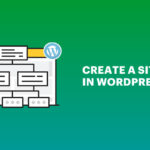Load time of a website is a very important matrix to increase the traffic of your WordPress website. And reducing WordPress blog Load time can increase the blog’s SEO and traffic.
Firstly, let us look at some statistics that derive a few facts.
Almost half the internet users expect a page to load in two seconds or less. The number is a massive 47%. So, for supposing a page takes time to load then obviously you would leave it. Likewise, about 40% of consumers abandon the website if it does not load within three seconds. After that, in case the website is entirely loaded in two seconds, the performance of the site matters. Approximately 79% of buyers are not likely to come back to a site. The reason is that they are displeased with the performance of a website.
Nowadays, every second count. Similarly, a second lag could decrease conversion with 7%, page views by 11% and customer gratification by 16%. For instance, Mozilla changes its pages to 2.2 seconds quicker. As a result, Firefox witnessed an added 60 million downloads per year. Another example, estimations made by Amazon stated that per second slow down would cost the company approximately $1.6 billion yearly sales.

Therefore, the speed of page loading affects traffic, bounce rate, conversions, user satisfaction. Above all, it influences a vital factor that is profits. According to Google, Bing, Yahoo speed affects their rankings.
Hence, we are here to provide a detailed solution to your concerns as to why the speed of page loading matters, what factors influence the speed of WordPress site. Also, present the most useful methods to develop your site with quicker load time.
Reasons for a site to load slowly depends on the factors such as:
- Server and Hosting Technology
- WordPress and Its Components
- The End User’s Device
No one wants fewer visitors due longer time. Here are a few ways to reduce WordPress blog load time
Steps to Reduce WordPress Blog Load Time
- Quality Hosting Investment
- Up to Date Web Technology
- Proper Theme Usage
- Regular Maintenance of Database
- Server Requests Reduction
- Enable Page Caching
- Concatenate Files
- Hotlinking
- Site Security
- File Minification
1. Quality Hosting Investment
Firstly, prevent hosting by multiple parties. As a result, it reduces the chance of producing weak bystanders on your server, which influences the slow down of the server. Moreover, if fewer workforce and funds manage your site, it is better to work with a dedicated server. As per the hosting is concerned, using VPS is considered to be one of the most suitable options. Also, the delicate balance of speed, comfort, and cost granted here.
2. Up to Date Web Technology
Secondly, it is crucial to maintain your core technology updated. You might have noticed the regular updations provided for HTML, PHP, and other web technologies. So, this happens for a reason. Hence, knowing these updates is at most of importance.
Further, these new versions have improvements, extra features, and enhanced speed. As of now, every website must have PHP 7.2 of the least. Due to a reason that this is the earliest version that receives updates to date. If you use a host that is of good quality, then it might show the updates of these web technologies.
3. Proper Theme Usage
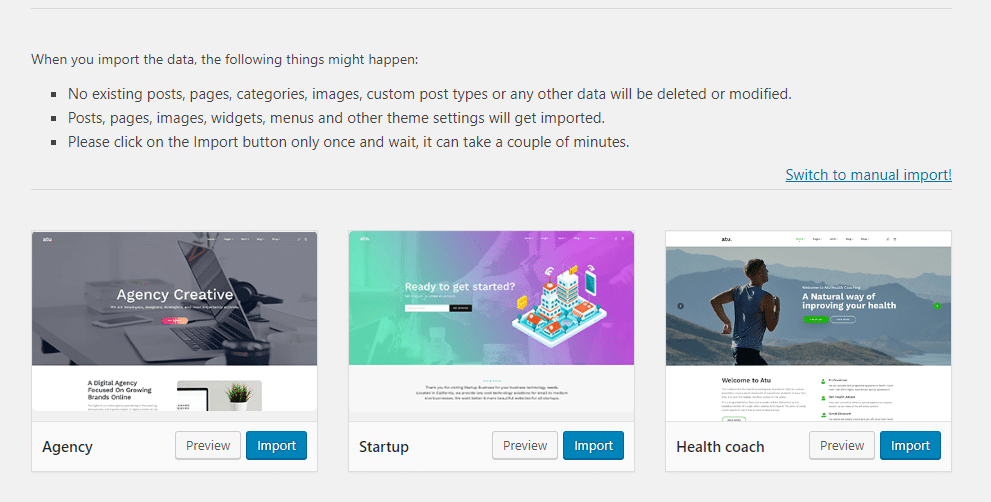
Having too many features in a theme increases the load time due to the small factor of weight. Not only that but also the codes for these themes need to be loaded when a user opens a site. For that reason, select a theme that is lightweight and has only the features needed. Moreover, in case you need an additional feature, use plugins.
4. Routine Maintenance of Database
Database, when it needs space for uninstalled plugins, post revisions and more it stores it in temporary disk space and unused data. Hence, it is imperative to maintain the database. Make your database more usable and induce a little space. Delete the unnecessary contents. For instance, to make things more manageable, you could use WP-Optimise, WP-Sweep for this task.
5. Server Requests Reduction
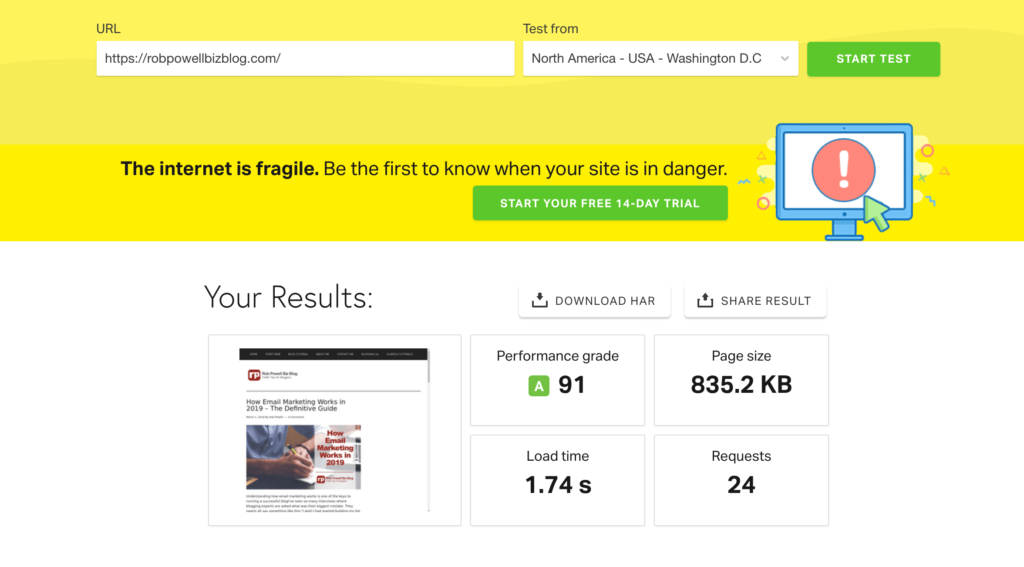
The browser sends a request to the server when it requires something from the server. For example, this could be a style sheet, a script or an image. More server requests more loading time.
- Reduce the posts visible on a page
- Only show post extracts
- Break prolonged posts into pages
- Diminish media and other components on the page
- Uninstall unnecessary plugins
- Authorize lazy loading feature
- Decrease sources such as fonts
6. Enable Page Caching
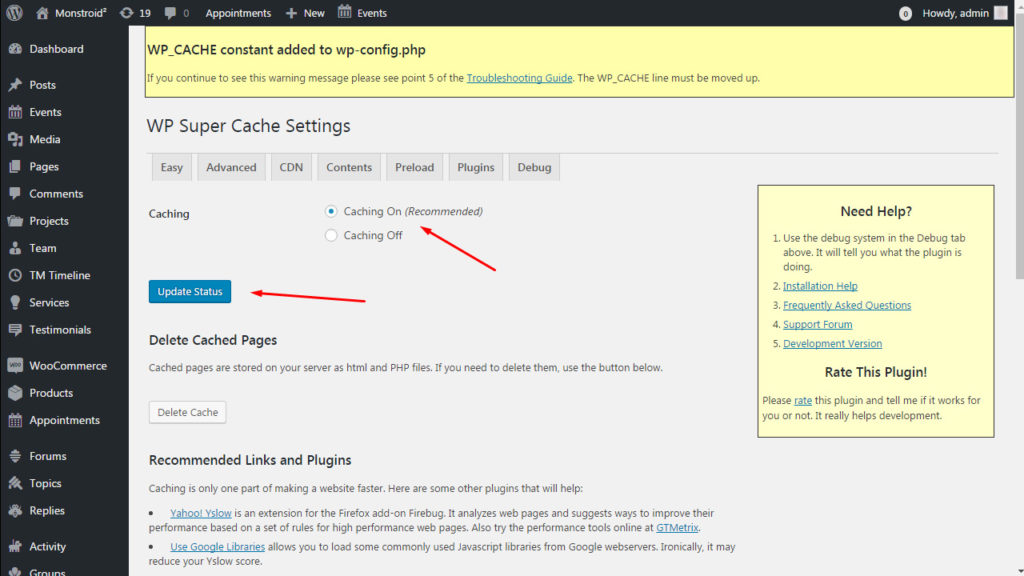
WordPress dynamically produces an HMTL version of the page you publish. However, this appears when a user requests it. Also, it creates and then produces it. Hence, this takes up the loading time. By enabling page caching you are keeping the HTML version of the page in hand for further use. Indeed, this reduces the load time significantly.
7. Concatenate Files
Earlier, as mentioned, fewer server requests reduce time. Additionally, to optimize this process concatenate files. To clarify, instead of letting too many smaller files download, add the files to larger ones. As a result, downloading one large file is faster is downloading too many small files. Gulp, Autoptimise are two tools that could be used to automate this process.
8. Hotlinking
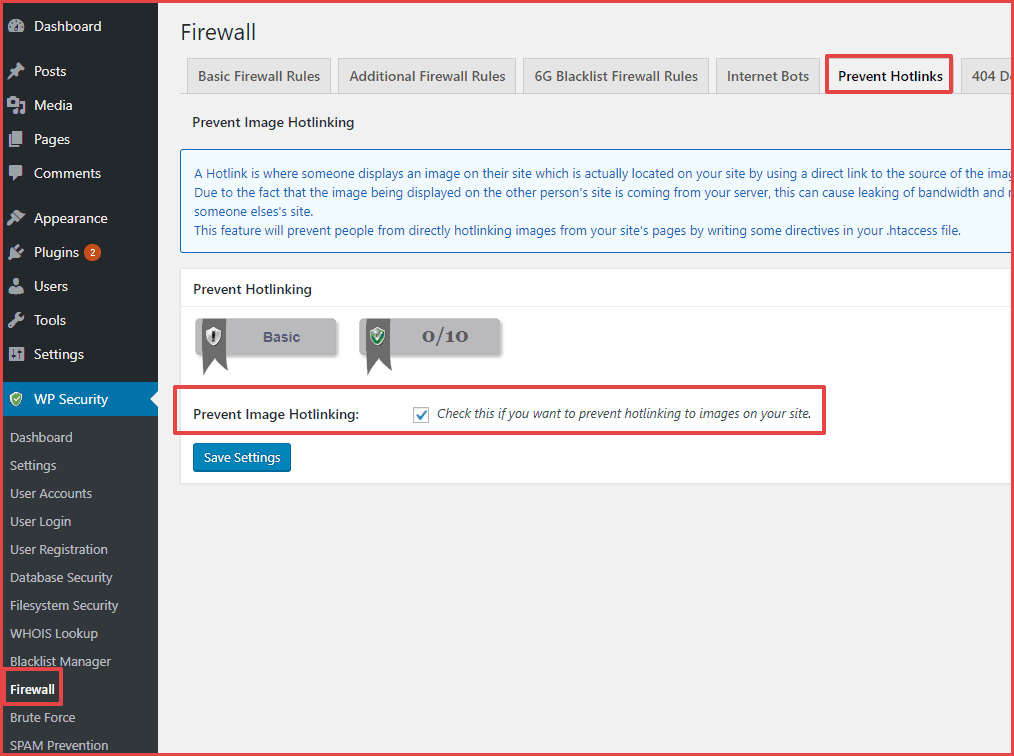
How do you add media files to your website? Usually, it is uploaded and then attached to the site. Also, the server uses up bandwidth to produce that image from another site. Instead, linking a media that hosts on your site would reduce the load time. For executing this append this code.
RewriteEngine on
RewriteCond %{HTTP_REFERER} !^$
RewriteCond %{HTTP_REFERER} !^http://(www.)example.com/.*$ [NC]
RewriteRule .(gif|jpg|jpeg|bmp|zip|rar|mp3|flv|swf|xml|php|png|css|pdf)$ - [F]
Note: replace example.com with your domain
9. Site Security
Security could also be an aspect to improve the efficiency of the site. WordPress security does not support attacks on websites code, queries and database. Brute force attack and Denial of Service (DoS) methods could help competitors to draw attention away from your heavy load time site. In turn, the site visitors for their web pages increase. It is necessary to review the log files and server resources. Also, check for any clues of excessive load. For instance, Cloudflare or Sucuri or WordFence tools could help protect the site.
10. File Minification
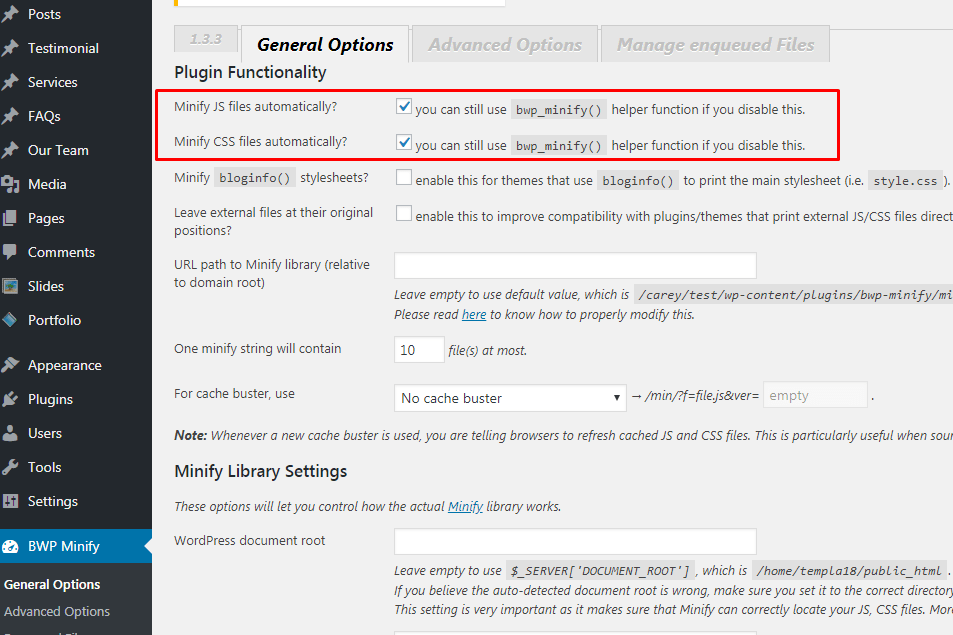
The code for the files like CSS Style sheet has comments and formatting. Even more, these codes would look arranged in a human-readable and organized manner. However, all these extra lines of code only increase the file size then what it is. In turn, it takes up time to load the page. Hence, minifying the files would reduce the load time.
In conclusion, embrace minimalism up to pinpoint of the website. Also, remove all the things unnecessary, optimize everything, use valid tools which have a web hosting inclusive. Above all, don’t complicate or make anything complex and speed is your true friend. Happy Blogging!
- Google AdSense Guide: How To Use Adsense - May 26, 2020
- How To Get Started With Affiliate Marketing - May 25, 2020
- Guide To Create a Sitemap For WordPress Blog - September 25, 2019
